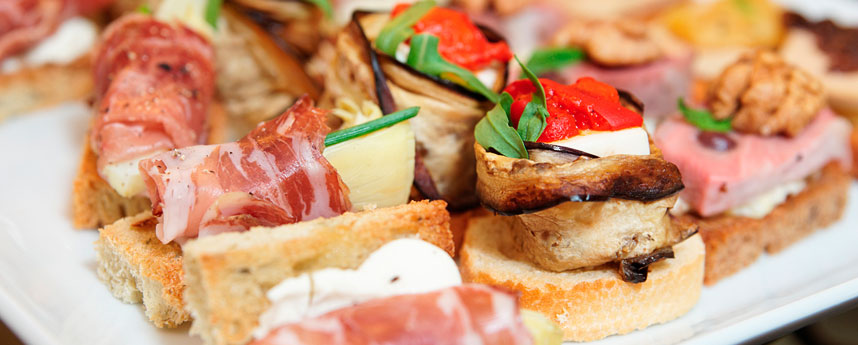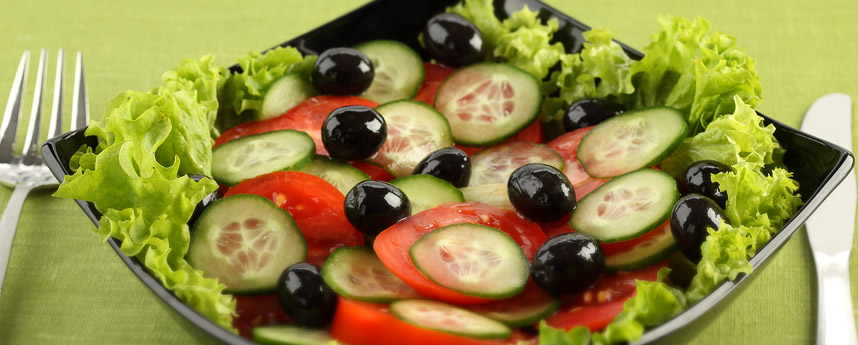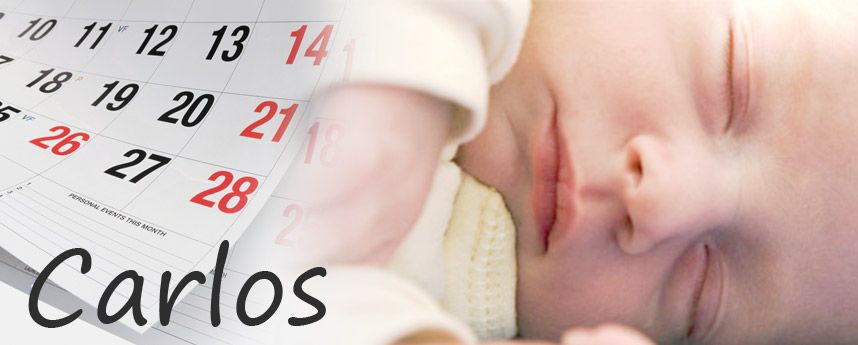The Spanish Turrón | donQuijote

There are some wonderful stories about the origin of turrón. One of the most fascinating is perhaps the story about a king of the Spanish town of Jijona. He was eager to make his new Scandinavian wife, who was homesick for the snow-white landscape of her homeland, happy, so he planted thousands of almond trees around the castle. When the trees bloomed, the beautiful white blossoms reminded his wife of the snow of home. Despite the wonderful romantic story, it is still more likely that the turrón is a derivative of Moorish traditions from the 15th century in Jijona. Over the years, the turrón continued to evolve into the form in which we know it today.
According to Spanish tradition, turrón is eaten only at Christmas. This simple concoction of only three ingredients (honey, almonds and egg white) is one of the most popular Christmas treats in Spain. Every year from mid-December to early January, Spaniards eat about 30,000 tons of turrón.
Three Types of Turron
Today, there are three types of turrón that have earned the ´Protected Geographical Indication´ (PGI) status. This status recognizes the quality of the products, as well as the geographical, cultural and historical connection they have with the area where they are made and with the ingredients that make them up. These three types are the Turrón de Alicante, the Turrón de Jijona and the Turrón de Agramunt.
Turrón de Alicante
This is the original recipe that consists only of honey, almonds and egg whites, but can sometimes contain sugar. In the area around Jijona (and Alicante) it has been made at least since the 15th century. It is prepared by boiling honey and then adding sugar and beaten egg whites, and finally toasted and peeled almonds are added to the mixture. The result is a mixture that is mixed with large wooden spoons until the master turrón maker decides it is ready. The mixture is then poured into molds, covered with a thin wafer, cut into strips, cooled and then packaged.
Turrón de Jijona
This recipe is slightly younger than the version from Alicante. It appeared around the 16th century and is believed to have been developed as a sweeter alternative for children and the elderly or as an answer to the then very popular marzipan. The preparation of this turrón is similar to that of Alicante turrón. First the honey is boiled then sugar and beaten egg whites are added and mixed together. Then the toasted and peeled almonds and the honey and egg white mixture are ground in a mill and all the ingredients are turned into a kind of dough. This dough is then transferred to another mill, called a boixet, which is heated from below and has a large rod that moves up and down in the grinder. The time spent doing this creates the rich flavor of the turrón. When this is done, the creamy and soft dough is put into molds to cool for one or two days, then it is cut into strips and packaged.
Turrón de Agramunt
This type of turrón comes from Catalonia and traces its origins back several hundred years. It is prepared by boiling honey and adding stiffly beaten egg whites, with or without sugar. Then toasted and shelled hazelnuts (or sometimes almonds) are stirred into the mixture until evenly mixed. The mixture is then spooned onto a table dusted with flour and formed into round tablets that are pressed between wafers.
The turrón tradition and its creators ensure that new flavors are invented every year. The new recipes are both exciting and innovative. For example, the turrón de Alicante can be covered entirely or partially with chocolate or contain candied fruit and/or other nuts or flavored with coconut, truffle, etc. The turrón de Jijona sometimes also contains egg yolk or marzipan and also the turrón de Agramunt can be covered with chocolate or candied fruit slices or they are filled with brownie, cherries soaked in kirsch or pralines. All combinations are possible, which is why many of the famous turrón makers are also called artistic, culinary geniuses.
Because of the short turrón season, companies are trying to expand their business activities by marketing their products beyond the Spanish and Latin American borders. This has led to some success in countries such as Britain, Germany, France and the Far East. In an effort to also convince Spaniards to buy the off-season treat, companies are coming up with different ideas for marketing their precious turrón. For example, the company Pablo Garrigós Ibáñez has opened a boutique that sells cupcakes, muffins, ice cream and cookies, all flavored with turrón. Another company, Almendra y Miel, also opened a store focused on selling their best turrón in luxuriously elegant black boxes and as gift sets. At one event, drinks are introduced that contain turrón as an ingredient; for example, how about a ´Chocolate Jijona Turrón´ with turrón truffle foam and a hint of pineapple, or perhaps the ´Red Fruit Fusion´ with white chocolate, turrón truffle foam and coconut?
The turrón companies are indeed creative and innovative, so they will certainly continue to introduce new flavors and ideas until they succeed in spreading the popularity of this delicious treat around the world. In the meantime, we just enjoy this simple but amazing treat.








